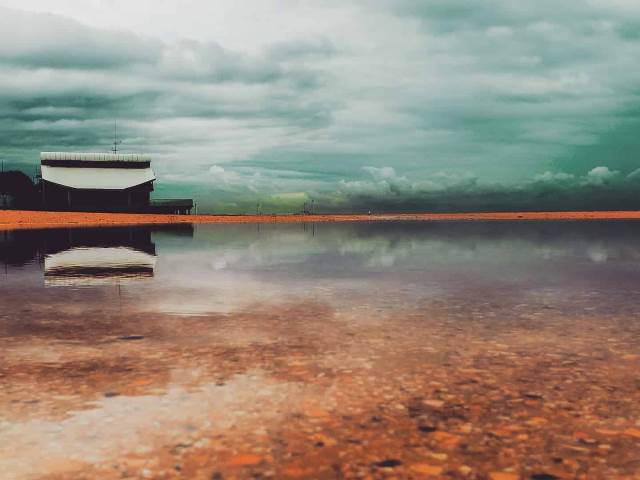
Shifting Sand
It rained overnight on 23/24 January. People woke up to red mud coating every surface.
Strong winds had borne Mallee dust from over 500 km away to Melbourne.

It was yet another reminder to metropolitan Melbourne not to live forgetfully of conditions in other parts of Victoria.
The Yarra River turned a colour not its own. The familiar brown of the Yarra comes from weathering in the catchment. A discerning eye can differentiate between shades of brown and the tributaries from which they’ve come: coffee colour from Merri dispersive basalts, yellow brown from Silurian clays.
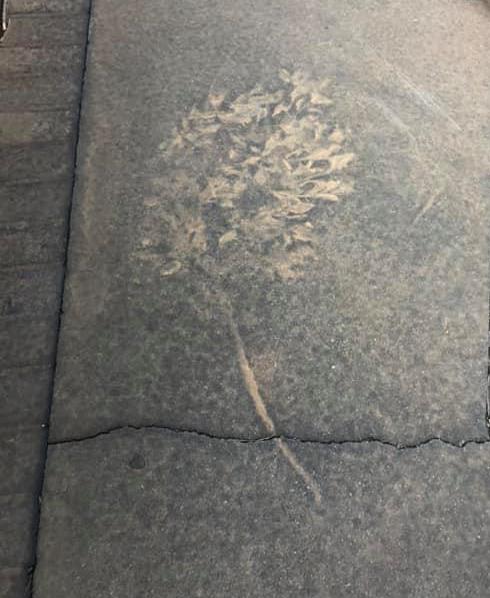
A week later, the red dust lingers in crannies, staining the gutters and depressions in the footpath.
The BoM forecasts a 90% probability of rain on Saturday. The red dust will run from the gutters into the Bay – unless you sweep them ahead of the rain – to settle far away from the Mallee in the sediment of Port Phillip Bay.
Night and day Boskalis Magnor dredge is working – dredging marine sediment from the shipping channels to allow the movement of ever larger cruise and container ships into the Port of Melbourne.
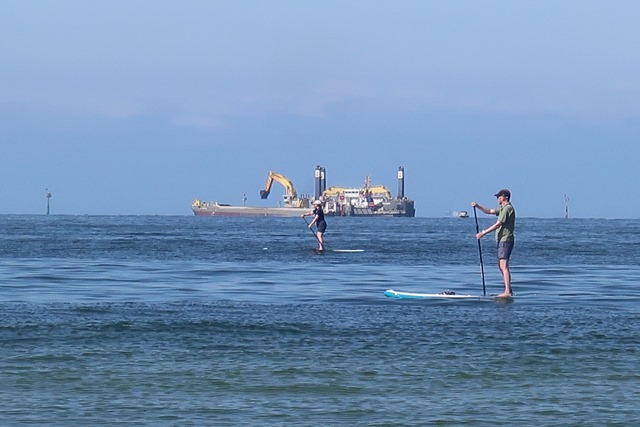
The Port of Melbourne’s maintenance dredging programme will continue to March 2020.
This post was prompted by reading The World in a Grain: The Story of Sand and How it Transformed Civilization by Vince Beiser. After reading it, I felt the gravity of that dust – what it meant for the Mallee and where it fitted in our summer of ‘natural’ disasters. Beiser describes the ravages sand mining is having on environments and people’s livelihoods around the world. While many countries have regulations to manage sand mining, a hugely valuable illicit trade in sand continues. The demand for sand is driven by the insatiable appetite for concrete for the tower developments that are a feature of capital cities around the world. The sand is locked up in concrete and glass and is no longer available. The creation of sand is a geological process in geological time. Sand is being used way faster than it is being created.
I’m keeping a vial of that dust to be reminded of the day the Mallee came to Melbourne.
2 Comments
-
-
JanetBolitho
Thanks for leaving a comment Vince, I'll keep following your work and the subject of sand.
-


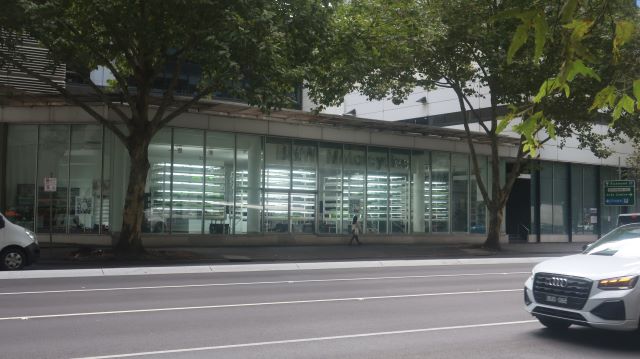
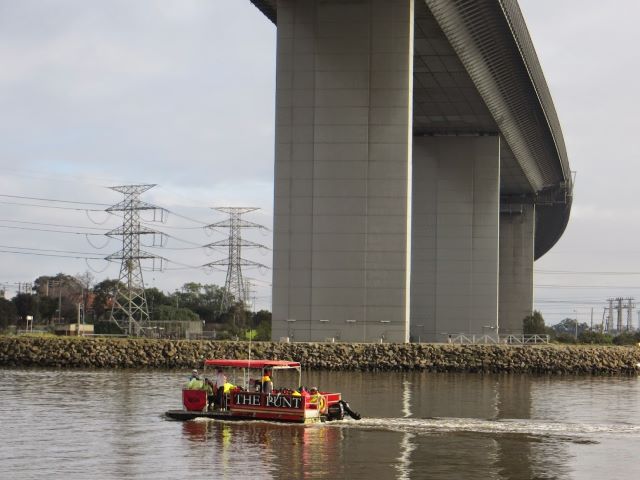
Vince Beiser
I'm so glad to have helped spark your interest.